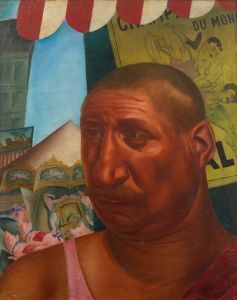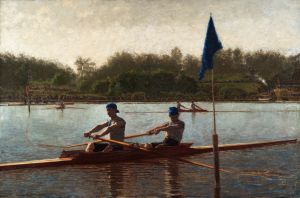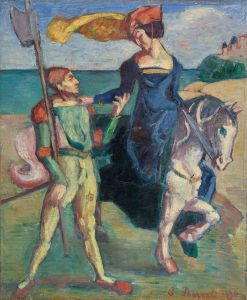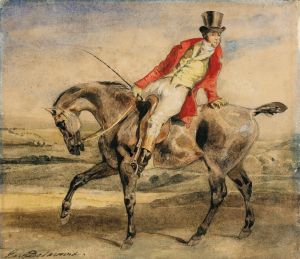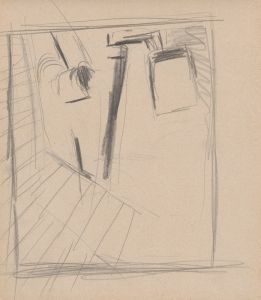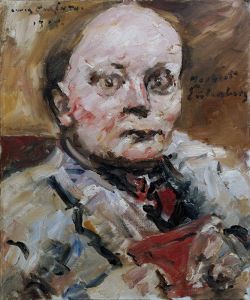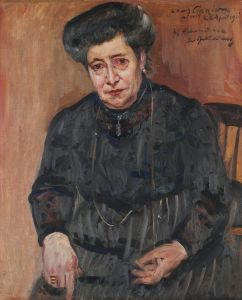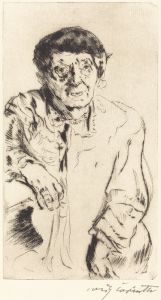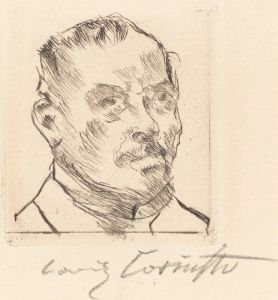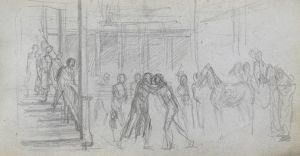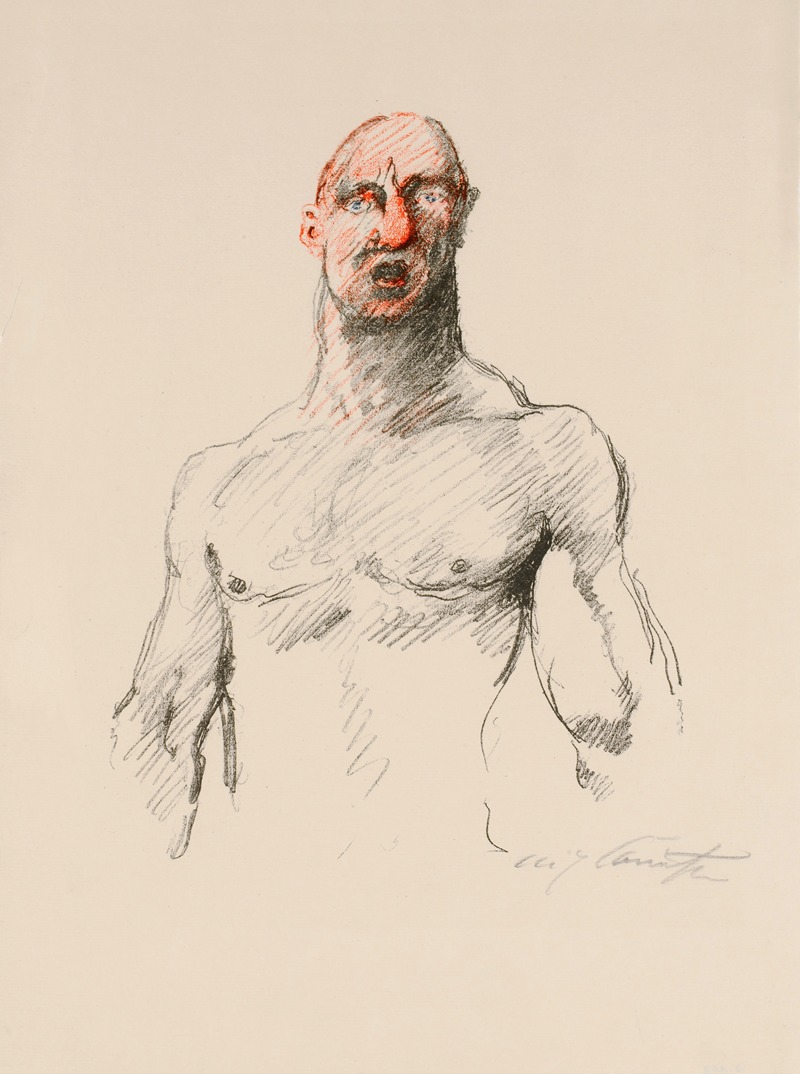
Der Ringer
A hand-painted replica of Lovis Corinth’s masterpiece Der Ringer, meticulously crafted by professional artists to capture the true essence of the original. Each piece is created with museum-quality canvas and rare mineral pigments, carefully painted by experienced artists with delicate brushstrokes and rich, layered colors to perfectly recreate the texture of the original artwork. Unlike machine-printed reproductions, this hand-painted version brings the painting to life, infused with the artist’s emotions and skill in every stroke. Whether for personal collection or home decoration, it instantly elevates the artistic atmosphere of any space.
Lovis Corinth, a prominent German painter and printmaker, created "Der Ringer" ("The Wrestler") in 1897. This painting is a significant example of Corinth's early work, showcasing his transition from academic realism to a more expressive and dynamic style that would later define his mature period. Corinth was associated with the Berlin Secession, a group of progressive artists who sought to challenge traditional academic art in Germany.
"Der Ringer" depicts a wrestling match, capturing the physicality and intensity of the sport. The composition focuses on two wrestlers locked in combat, their muscular forms rendered with a sense of movement and tension. Corinth's use of bold brushstrokes and a dynamic composition emphasizes the raw energy of the scene. The painting reflects Corinth's interest in the human figure and his ability to convey emotion and physicality through his art.
The work is notable for its exploration of themes such as strength, struggle, and human endurance. These themes were common in Corinth's oeuvre, as he often sought to depict the complexities of human experience. "Der Ringer" also demonstrates Corinth's skill in capturing the interplay of light and shadow, adding depth and drama to the scene.
Lovis Corinth's career spanned several decades, and his style evolved significantly over time. While "Der Ringer" belongs to his earlier period, it foreshadows the more expressive and experimental techniques he would later adopt. Corinth's work was influential in the development of modern art in Germany, and he remains a key figure in the history of European painting.
The painting is housed in the Museum der bildenden Künste in Leipzig, Germany. It continues to be studied and appreciated for its artistic and historical significance, offering insight into Corinth's development as an artist and the broader cultural context of late 19th-century Germany.





